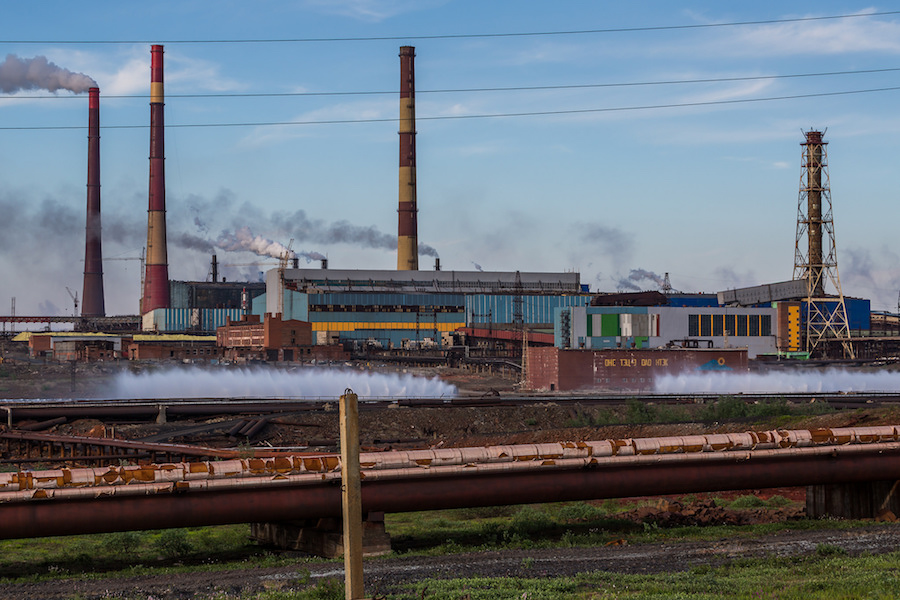
* Palladium market had 29,000 oz shortfall in 2018
* Platinum market surplus was 498,000 oz last year (Adds detail)
A deficit in the palladium market that has driven prices of the autocatalyst metal to record highs will widen dramatically this year, specialist materials company Johnson Matthey said in a report on Wednesday.
The company, a leading autocatalyst manufacturer, said the shortfall in the roughly 10 million ounce-a-year palladium market narrowed in 2018 to 29,000 ounces from 787,000 ounces in 2017, its widest in three years.
But it said stricter emissions standards would increase demand for palladium for catalytic converters, and despite an increase in recycling, supply would struggle to keep up.
“The rate of growth in secondary supplies is likely to be lower than in 2018, while primary shipments (of newly mined metal) are expected to be flat,” the report said.
Palladium-backed exchange-traded funds (ETFs) would no longer be able to bridge the gap between supply and demand by returning metal to the market, it added.
ETF holdings have fallen to around 750,000 ounces from more than 2.5 million ounces in 2015.
Palladium prices have surged by around 70 percent in the last six months to record highs above $1,400 an ounce, while platinum, once the most expensive of the major precious metals, is stuck near 10-year lows around $800 an ounce.
For platinum, Johnson Matthey said the roughly 8 million ounce-a-year market was oversupplied by 498,000 ounces last year, up from 176,000 ounces in 2017, and another surplus was expected this year.
Platinum is also used chiefly in autocatalysts, as well as in industry and to make jewellery.
It is used more in diesel engines, which have become less popular since Volkswagen was found have cheated emissions tests in 2015, pushing down platinum demand.
Johnson Matthey said it expected that trend to reverse this year.
“Autocatalyst consumption will stabilise and then begin to rise in due course, as stricter heavy duty vehicle emissions legislation is enforced in China and then India,” it said.
Demand from industry, which has grown in recent years, would stay around last year’s levels in 2019, while consumption for jewellery would likely remain weak after several years of declines, it said, predicting that mine supply would remain flat and there would be a slight increase in recycling.
(By Peter Hobson; Editing by Jan Harvey and David Evans)